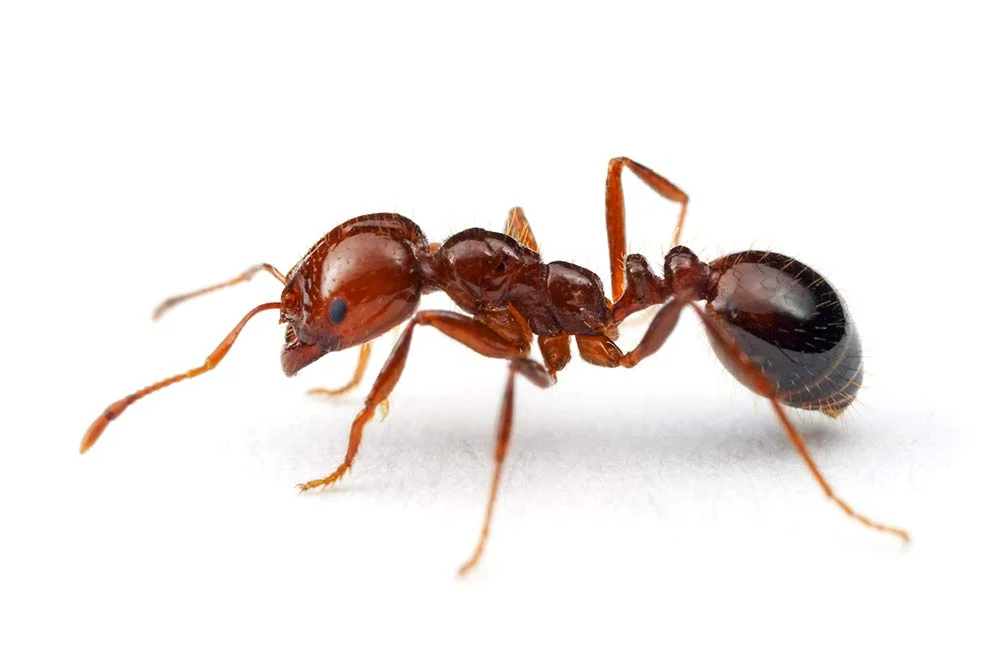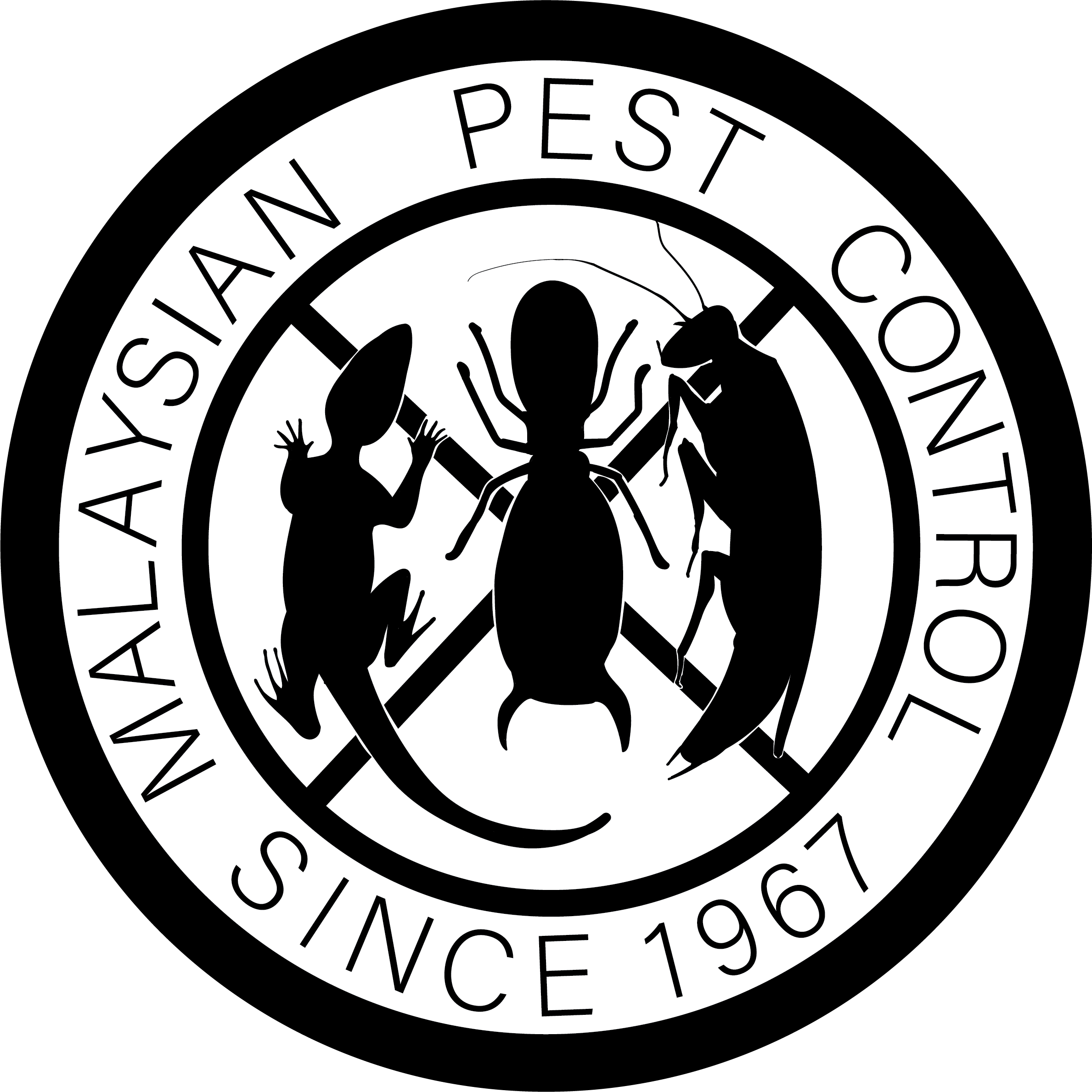About Fire Ants

Introduction to Fire Ants
- Fire Ants (Solenopsis invicta) are small, reddish-brown ants known for their aggressive nature and the painful stings they can inflict. Originally native to South America, they have become invasive in many other parts of the world, including Malaysia, where they pose significant environmental and public health risks.
- Significance: Beyond their sting, fire ants can damage crops, harm wildlife, and cause electrical faults by nesting in machinery and utilities.
Biology and Lifecycle
- Egg Stage
- The queen lays eggs in the underground nest.
- Timeframe: Eggs hatch into larvae in about 7-10 days, depending on conditions within the nest and outside temperature.
- Larva Stage
- Larvae are fed by worker ants; their diet influences their development into the colony’s various castes.
- Development: Larvae go through several stages of growth, molting multiple times before transitioning to pupae.
- Timeframe: This stage can last from 10 to 14 days.
- Pupa Stage
- Larvae develop into pupae, during which they transform into adult ants. Fire ant pupae are usually white or tan and do not spin cocoons.
- Timeframe: The pupal stage lasts about 9-16 days.
- Adult Stage
- Adults emerge from the pupae, ready to take on their roles in the colony: workers gather food and maintain the nest, while the queen continues to lay eggs.
- Lifespan: Worker ants live up to 5 weeks, whereas queens can live for 6-7 years under optimal conditions.
Behaviour and Habitat
- Nesting: Fire ants build mounded nests outdoors in soil. These mounds can be quite large, depending on the size of the colony.
- Foraging and Feeding: They are omnivores, feeding on plant material, insects, and small animals. Fire ants are aggressive foragers, often attacking en masse.
- Adaptations: Fire ants can survive extreme conditions. They’ve adapted to both flood and drought, exhibiting behaviors like forming living rafts to float on water during floods.
Interaction with Humans and Pets
- Stings: Fire ants are quick to sting any perceived threat to their nest. Their stings inject venom that causes a burning sensation and can lead to the formation of pustules.
- Allergic Reactions: Some individuals may have allergic reactions to fire ant venom, which in severe cases can be life-threatening.
- Safety Measures: Avoiding fire ant mounds and wearing protective clothing can help prevent stings. In areas where fire ants are prevalent, it’s important to regularly inspect and manage outdoor areas to reduce the risk of encounters.
Environmental and Economic Impact
- Ecosystem Disruption: Fire ants can outcompete native ant species for resources, altering local ecosystems. Their aggressive predation can also reduce populations of beneficial insects and small vertebrates.
- Agricultural Damage: Fire ants can damage crops and agricultural machinery. Their presence in fields can also pose a hazard to farmworkers.



